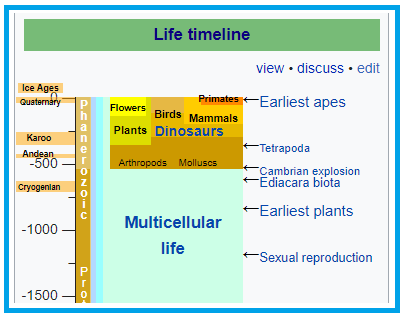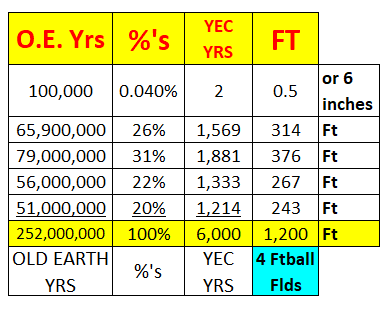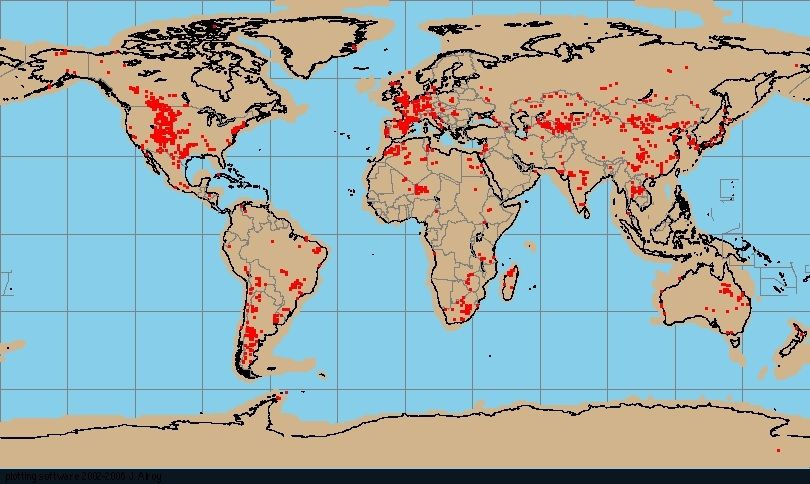Age of the earth: 101 evidences for a young age of the earth and the universe
How long can soft tissue last in fossils? The experimental evidence is that it could not last millions of years. In desperation Mary Schweitzer tried preserving a tissue sample in concentrated blood but the results are unconvincing and the setup contrived. But there has been soft tissue found in dinosaur fossils. The latest claim from N Carolina State Uni is 180 million years! Seriously; soft tissue is more consistent with a Biblical time scale.
Adam and Eve had over 50 children according to Jewish tradition and these married each other.
Cain would have been in danger from brothers, sisters, nieces, and nephews.
As shown in link above (and repeated here “skeptical claims that biblical models are excluded by population genetics are unwarranted.”
The genetic effects of the population bottleneck associated with the Genesis Flood
Which is what scripture says.




